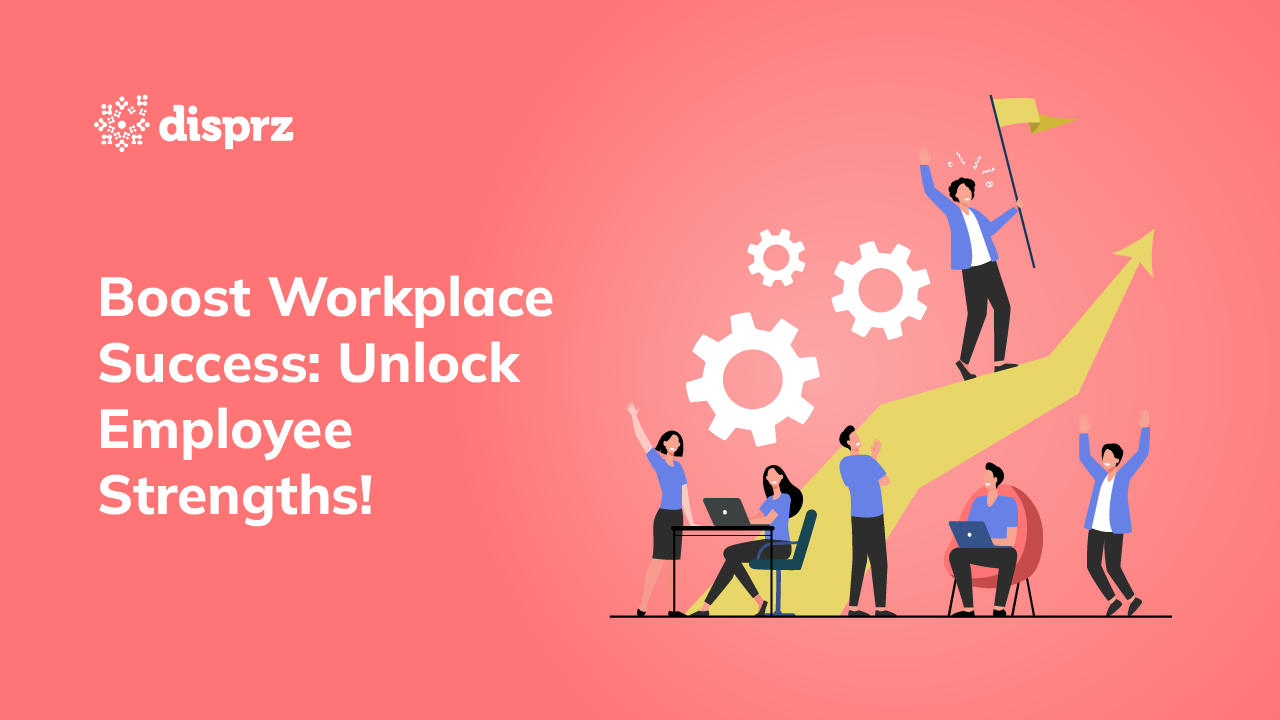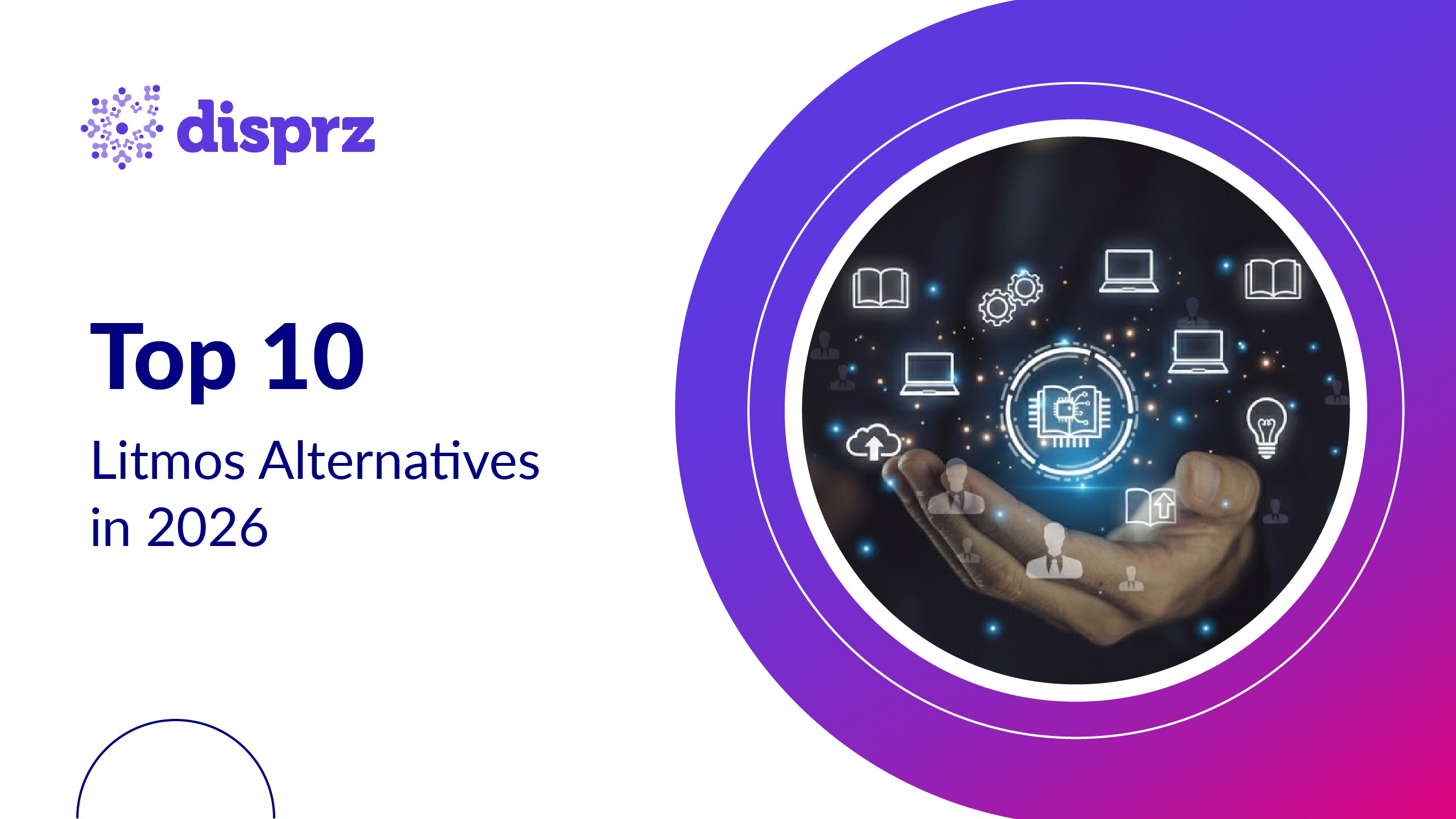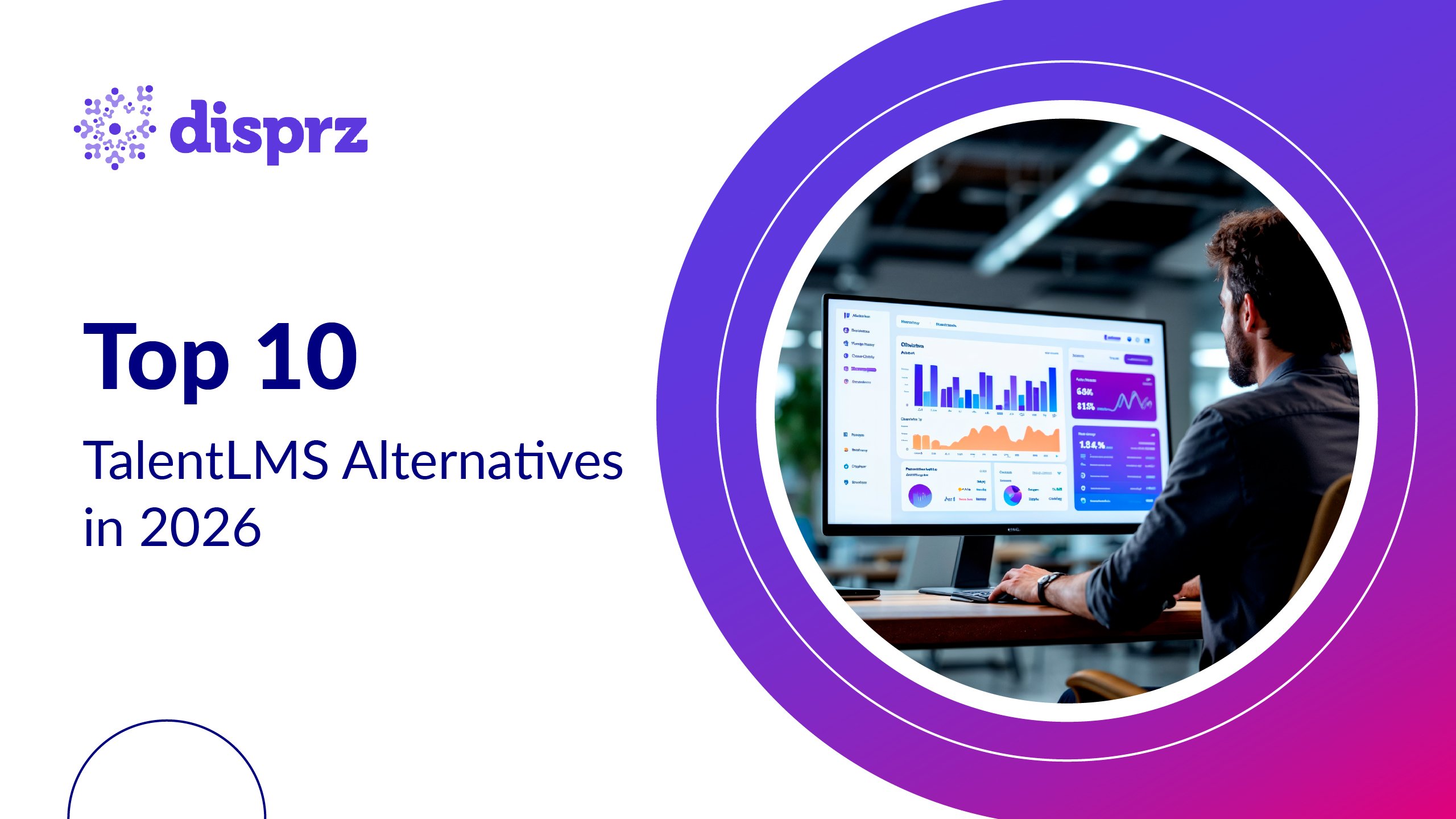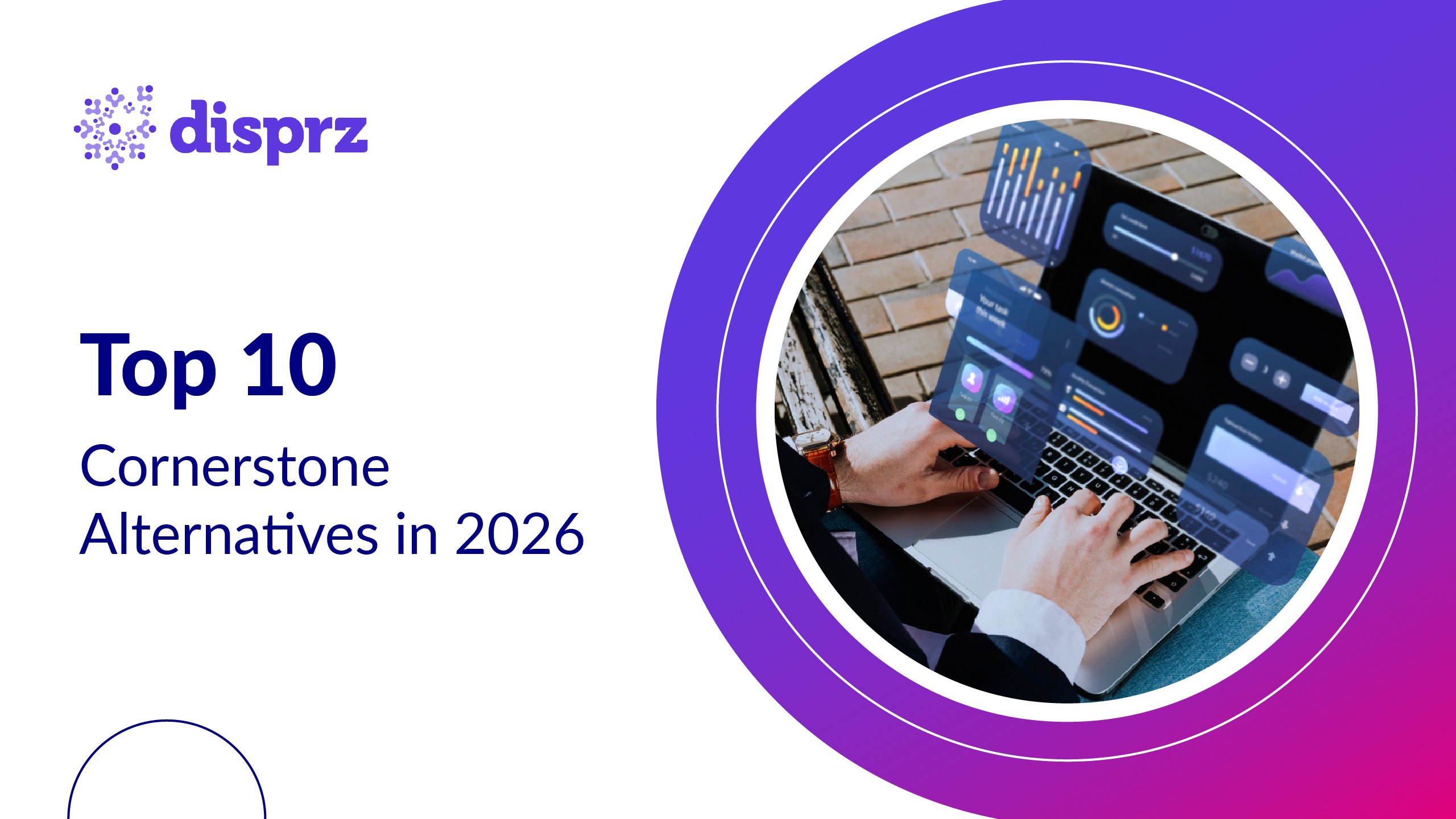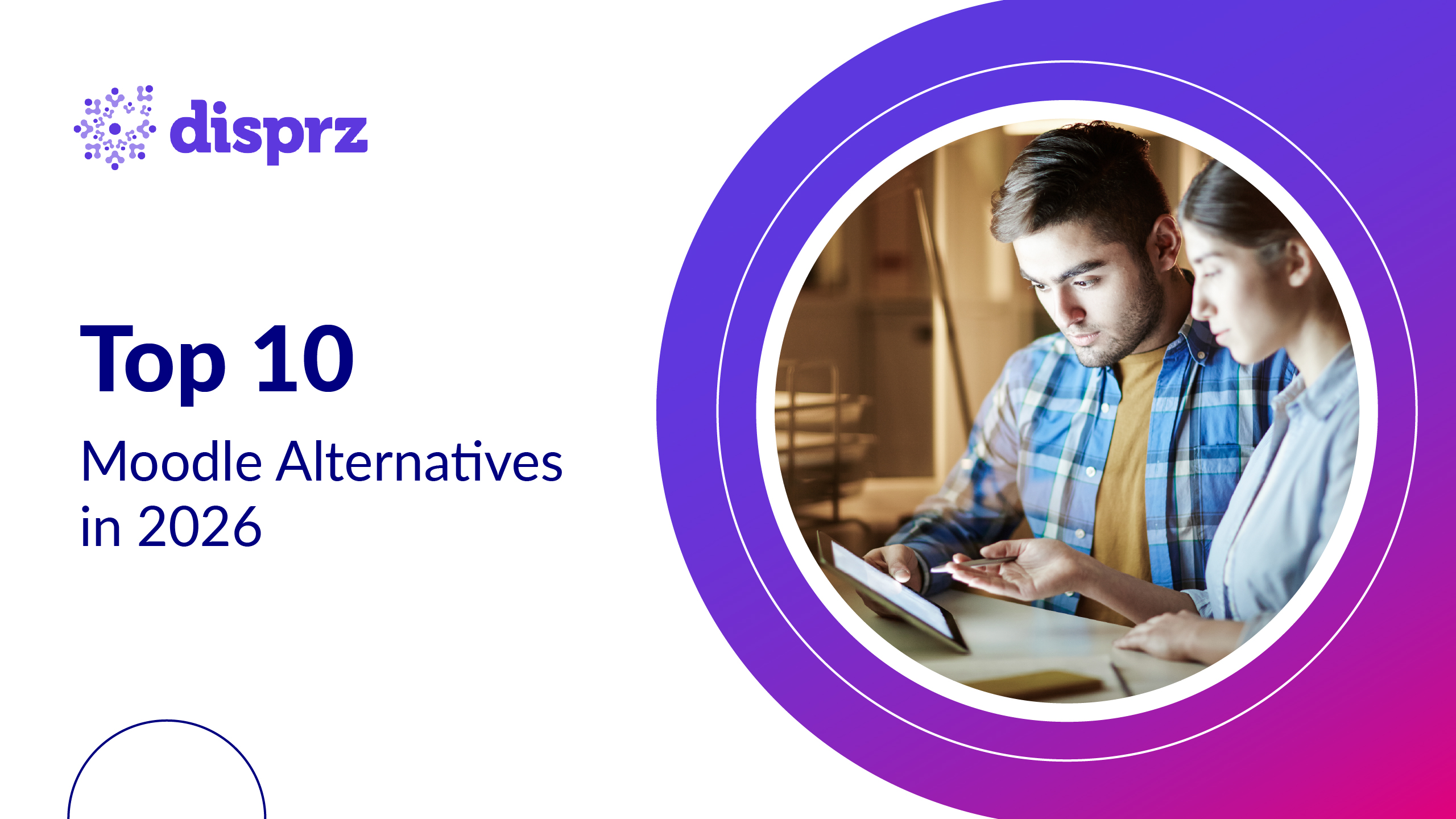How often do employers truly leverage the strengths they assess during interviews? Too often, these strengths are merely a checkbox in the hiring process, recognized but not nurtured. Yet, research shows that employees who use their strengths daily are 6x more engaged and 8% more productive, directly driving business success.
In today’s fast-paced and competitive world, businesses don’t just need employees; they need high-impact contributors. When organizations actively align roles with individual strengths, they unlock innovation, enhance team performance, and improve retention. The real question is: Are we building a workforce that thrives on its strengths, or are we letting them go to waste?
Here we explore 10 key employee strengths that organizations should actively nurture to create a more engaged, productive, and future-ready workforce.
Understanding Employee Strengths and Their Impact on Workplace Success
High-performing organizations don’t just assess strengths during hiring; they embed them into their business strategy. When organizations align employee strengths with key business objectives, they see measurable gains—increased productivity, stronger collaboration, and faster innovation. Research shows that strength-based organizations experience higher profitability and lower turnover, yet many businesses focus more on addressing weaknesses than amplifying what employees do best. The real competitive advantage lies in optimizing workforce potential, ensuring every employee is positioned to drive maximum impact.
How to Identify Employee Strengths: Key Methods and Tools
Identifying employee strengths isn’t about gut instinct; it’s about using structured insights and employee engagement strategies to unlock untapped potential.

Here’s how leading organizations do it:
Data-Driven Assessments – Move beyond traditional evaluations. Use AI-driven assessments, behavioral analytics, and psychometric tools to gain objective insights into employee strengths.
Performance Analytics – Track real-world impact through productivity metrics, project outcomes, and team contributions. Strengths aren’t just what people say they have; they’re what consistently drive results.
360-Degree Feedback – Employees often don’t recognize their own strengths. Structured feedback from peers, managers, and even customers provides a clearer picture of where an individual excels.
Strengths-Based Conversations – Shift from generic performance reviews to impact-driven discussions. Ask employees, “What work energizes you? Where do you feel most effective?” The answers reveal more than any checklist.
Real-Time Skill Mapping – Use digital talent platforms to continuously map, track, and refine employee strengths against evolving business needs. Strengths aren’t static; they grow with the right opportunities.
Strategic Job Alignment – The most successful organizations don’t just identify strengths; they redefine roles around them to boost workforce productivity. When employees are placed where they naturally excel, engagement and business performance skyrocket.
Top 10 Employee Strengths to Nurture for a High-Performing Workforce in 2025
- Leadership Skills
- Communication Skills
- Adaptability
- Problem-Solving Abilities
- Emotional Intelligence
- Creativity and Innovation
- Accountability and Ownership
- Teamwork and Collaboration
- Time Management and Organizational Skills
- Continuous Learning Mindset
1) Leadership Skills
Many organizations struggle with stagnation because employees focus on execution rather than driving business impact. Employees with strong leadership skills take initiative, inspire their teams, and make strategic decisions that align with organization objectives. For example, a mid-level manager who identifies inefficiencies in project execution can rally their team to optimize workflows, improving productivity and business outcomes. By fostering leadership at all levels, organizations can create a culture of accountability, innovation, and long-term success.
2) Communication Skills
Poor communication leads to misalignment, project delays, and strained team relationships, especially in hybrid or remote settings. Employees with strong communication skills can clearly convey ideas, actively listen, and ensure seamless knowledge-sharing across teams. For instance, a project lead who articulates expectations effectively can eliminate confusion, enhance collaboration, and prevent costly errors. When employees communicate with confidence and clarity, organizations benefit from faster decision-making, improved teamwork, and higher operational efficiency.
3) Adaptability in the Workplace
The rapid evolution of technology, shifting market demands, and unexpected disruptions require employees who can pivot quickly. Employees with adaptability skills embrace change, learn new tools with ease, and remain resilient under pressure. Consider a sales professional adjusting their strategy after a product pivot rather than resisting the shift; they learn new value propositions and re-engage prospects effectively. Organizations with adaptable employees remain competitive, agile, and better prepared to navigate uncertainty.
4) Problem-Solving Abilities
Operational bottlenecks, customer complaints, and inefficiencies can derail business growth if not addressed proactively. Employees with strong problem-solving skills don’t just identify challenges—they find effective solutions. For example, a supply chain manager noticing delays in product shipments might analyze data, identify inefficiencies, and implement a revised logistics strategy, reducing turnaround time. A problem-solving workforce enhances productivity, minimizes risks, and ensures smooth business operations.
5) Emotional Intelligence
A lack of emotional intelligence leads to conflicts, disengagement, and a toxic work culture. Employees with high emotional intelligence can manage their emotions, understand others’ perspectives, and foster a positive work environment. Picture a team leader handling a stressed employee; rather than reprimanding them for poor performance, they provide support and motivation, leading to renewed engagement. Organizations that prioritize emotional intelligence benefit from stronger teamwork, increased employee satisfaction, and reduced attrition.
6) Creativity and Innovation
Organizations stuck in conventional thinking often fail to differentiate themselves in competitive markets. Employees with creativity and innovation skills challenge the status quo, experiment with new ideas, and develop unique solutions. For instance, a marketing executive who leverages AI-driven insights to create personalized campaigns can drive higher customer engagement and revenue. Businesses that encourage creative thinking can stay ahead of industry trends, enhance customer experiences, and unlock new growth opportunities.
7) Accountability and Ownership
A culture of blame and excuses can stall progress and lower performance. Employees who take ownership of their tasks ensure timely execution, maintain quality standards, and proactively address challenges. Imagine a software developer who encounters a critical bug. Rather than wait for direction, they take responsibility, troubleshoot the issue, and ensure a smooth product release. When accountability is ingrained in workplace culture, organizations experience improved efficiency, trust, and business success.
8) Teamwork and Collaboration
Siloed teams often struggle with inefficiencies, redundant efforts, and missed opportunities. Employees with strong collaboration skills actively engage with cross-functional teams, share insights, and align on goals. Consider a product development team working alongside customer service representatives to refine features based on real user feedback; this synergy leads to better products and customer satisfaction. High-performing organizations cultivate teamwork to enhance innovation, speed up execution, and drive overall business growth.
9) Time Management and Organizational Skills
Poor time management leads to missed deadlines, rushed work, and unproductive hours. Employees with strong organizational skills can set priorities, manage workloads effectively, and optimize productivity. For example, a project manager who implements task-tracking tools and breaks down complex goals into actionable steps ensures that teams stay on schedule. Businesses that prioritize time management benefit from increased efficiency, reduced stress, and consistently high-quality outputs.
10) Continuous Learning Mindset
As industries evolve, employees who resist learning new skills can quickly become obsolete. Those with a continuous learning mindset proactively upskill, embrace emerging technologies, and seek growth opportunities. Imagine an HR professional who stays ahead of AI-driven hiring trends and implements data-backed recruitment strategies; this future readiness strengthens workforce planning. Organizations that nurture a culture of learning stay competitive, innovative, and prepared for long-term success.
4 Best Practices to Develop Employee Strengths at Work

1) Personalized Learning & Development Programs
A one-size-fits-all approach to training no longer works. Organizations must invest in AI-driven learning platforms that identify individual strengths and offer tailored professional development paths to maximize employee potential.
2) Strength-Based Performance Management
Move beyond traditional performance reviews. Focus on employee skills growth and shift towards strength-based evaluations where managers recognize, reinforce, and align employee strengths with business objectives to drive employee engagement and productivity.
3) Mentorship & Cross-Functional Exposure
Encourage employees to enhance their strengths through mentorship programs and cross-functional projects. Exposure to different roles and challenges fosters deeper expertise and leadership readiness.
4) A Culture of Continuous Feedback
Strengths grow when employees receive real-time, constructive feedback. Implement continuous feedback mechanisms through digital platforms, peer recognition, and structured coaching to reinforce strengths effectively.
These are some of the best ways to nurture employee potential. However, it would slightly vary depending on the expectations and organizational goals and vision.
Tracking & Measuring Employee Strength Development
Developing employee strengths is only effective when progress is measurable. Organizations must leverage real-time skill analytics, performance dashboards, and AI-driven insights to track individual and team growth. Key indicators such as project outcomes, skill progression, and engagement levels should be continuously monitored. By integrating learning and performance data, businesses can ensure that strength-based development aligns with evolving business needs and long-term objectives.
Key Takeaway - Building a Strength-Driven Workforce for Success
Did you know? Organizations that focus on employee strengths witness a 23% boost in productivity and a 72% increase in engagement. Yet, many businesses fail to leverage their workforce’s productivity and potential, leading to disengagement entirely and missed growth opportunities.
A strength-driven workforce isn’t just an advantage; it’s a necessity. Organizations that actively identify, nurture, and align employee strengths with business goals drive innovation, improve performance, and retain top talent. However, traditional L&D approaches often lack the personalization and data-driven insights needed to maximize impact.
This is where Disprz makes a difference. As an AI-powered learning and skilling platform, Disprz helps businesses map workforce strengths, deliver personalized learning, and provide real-time skill analytics to align talent with business needs. In a fast-changing world, investing in continuous skill-building is key, and Disprz empowers organizations to stay ahead.



